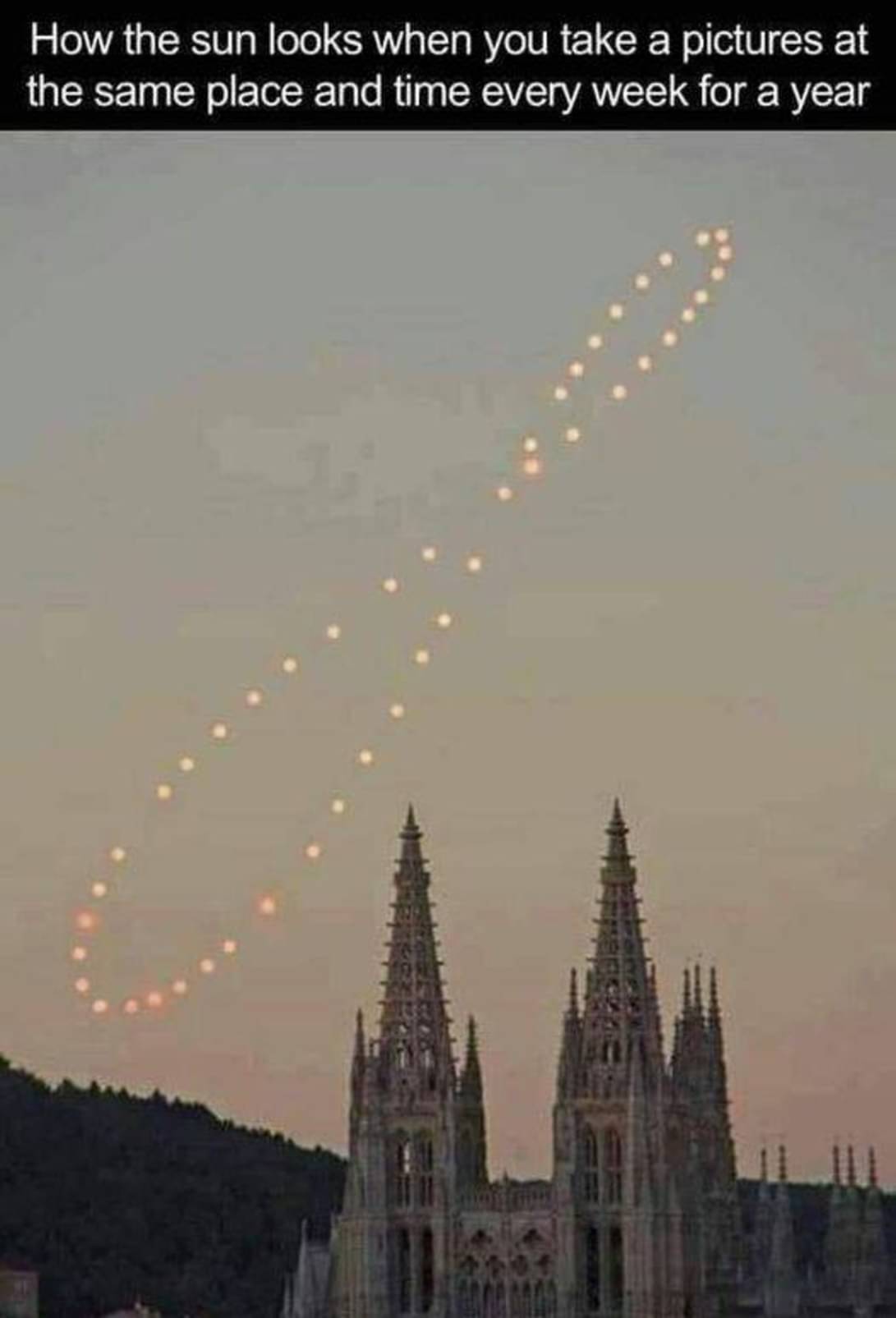this post was submitted on 21 Sep 2024
686 points (98.0% liked)
Science Memes
11552 readers
1583 users here now
Welcome to c/science_memes @ Mander.xyz!
A place for majestic STEMLORD peacocking, as well as memes about the realities of working in a lab.

Rules
- Don't throw mud. Behave like an intellectual and remember the human.
- Keep it rooted (on topic).
- No spam.
- Infographics welcome, get schooled.
This is a science community. We use the Dawkins definition of meme.
Research Committee
Other Mander Communities
Science and Research
Biology and Life Sciences
- [email protected]
- [email protected]
- [email protected]
- [email protected]
- [email protected]
- [email protected]
- [email protected]
- [email protected]
- [email protected]
- [email protected]
- [email protected]
- [email protected]
- [email protected]
- [email protected]
- [email protected]
- [email protected]
- [email protected]
- [email protected]
- [email protected]
- [email protected]
- [email protected]
- [email protected]
- [email protected]
- [email protected]
- !reptiles and [email protected]
Physical Sciences
- [email protected]
- [email protected]
- [email protected]
- [email protected]
- [email protected]
- [email protected]
- [email protected]
- [email protected]
- [email protected]
Humanities and Social Sciences
Practical and Applied Sciences
- !exercise-and [email protected]
- [email protected]
- !self [email protected]
- [email protected]
- [email protected]
- [email protected]
Memes
Miscellaneous
founded 2 years ago
MODERATORS
you are viewing a single comment's thread
view the rest of the comments
view the rest of the comments

So can someone who is more familiar with this subject answer, “Are these pictures taken at the same time of day with or without seasonal adjustments to time (Daylight Savings Time, etc.)?”
I understand why the sun would move vertically over the year due to the tilt of the Earth, but what causes the horizontal movement?
The Earth's orbit is an ellipse, not a circle, and therefore the Earth speeds up or slows down depending on where on its orbit it is at the time. In turn this means that the duration of the solar day fluctuates from day to day, from a bit under 24h to a bit over 24h and back.
So if you take a picture every 24h precisely the sun will appear to move horizontally a little bit on top of the expected vertical movement.
That's it! Thank you.